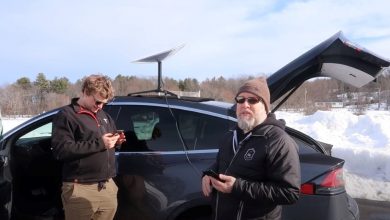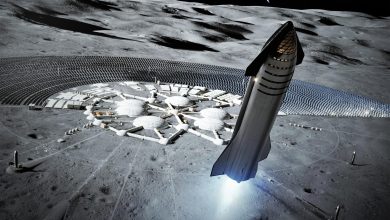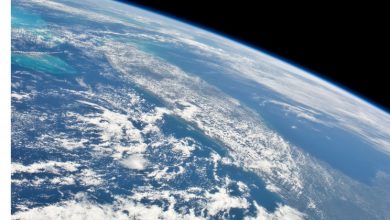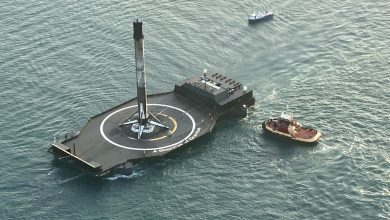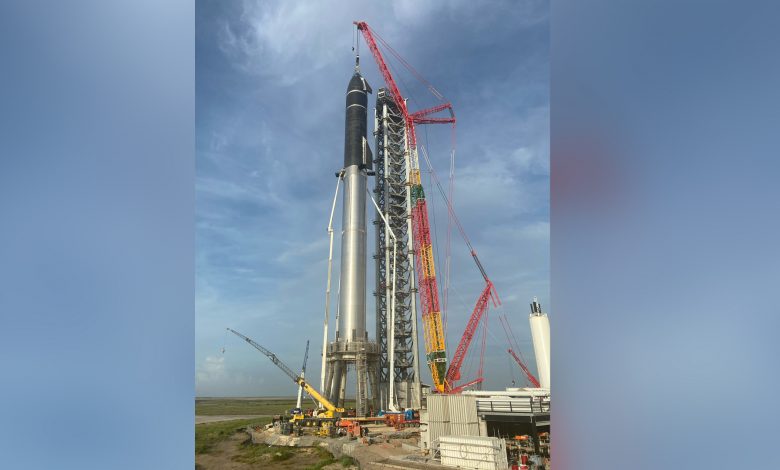
SpaceX’s newest Starship prototype was placed atop its massive booster for the first time on Friday (Aug. 6), setting a new record for the world’s tallest rocket ahead of a planned orbital test flight this year, marking the major milestone of a fully integrated Starship stack
Engineers performed the stacking test at the SpaceX Starbase facility in South Texas, near the village of Boca Chica, in view of livestreams from NASA Spaceflight and Spadre.com. SpaceX has not commented on the stacking procedure yet on Twitter, although founder Elon Musk sent an update suggesting the company actually wanted to complete the stacking Thursday (Aug. 5), a few hours after Starship completed its rollout to the launch pad, but winds were too high.
Starship SN20 (“Serial No. 20”) and its Super Heavy booster were mated for about an hour for fit checks, during which time the two vehicles posed a towering site. Super Heavy alone stands 230 feet (70 meters) tall and Starship SN4 added another 165 feet (50 m) of height. Together they stood a whopping 395 feet tall (120 m), taller than NASA’s massive Saturn V moon rocket, which was 363 feet tall (110 m).
While the orbital launch attempt is not imminent, the duo is expected to undergo a series of ground testing objectives, including multiple Static Fire tests for the booster. This will also allow for the final elements to be completed at the Orbital Launch Site (OLS), from which the duo will conduct the milestone test flight.
Path to Booster 4/Ship 20:
Following a short ground testing campaign with Booster 3, which included cryo proofing and a three-engine Static Fire test, the focus is now on what will become the first integrated stack of a Super Heavy booster and a Starship vehicle.
This is set to be achieved in double-quick time, following a call to arms from SpaceX to its workforce. This included the transportation of hundreds of workers from other sites in the country, as per a memo leaked on Facebook.
That was later confirmed by the local media reporting high booking uptake in the local hotels, along with extra parking capacity at Starbase. Elon Musk has since confirmed Starbase is in a “Warp 9” surge.
Vehicle preparations on Booster 4 are continuing inside the High Bay, with all the sections now staged for final mating operations. This includes the Thrust Section with its impressive set of plumbing spread over the Thrust Puck.
Another first-time operation also took place late in the week, with the first installation of a Grid Fin. Notably, for Booster 4, at least, these Grid Fins will remain extended.
Tweaks to the forward plan remain on the cards, with Elon Musk tweeting “Grid fin designs clearly work, but do they maximize payload? Good chance that they do not. Something with much more drag to reduce terminal velocity & so reduce landing propellant might have better performance. Not sure. Potential future optimization.”
 Once the sections have completed stacking operations, expected sometime in the week to come, rollout down Highway 4 will occur. However, its actual pad destination has yet to be confirmed.
Once the sections have completed stacking operations, expected sometime in the week to come, rollout down Highway 4 will occur. However, its actual pad destination has yet to be confirmed.

